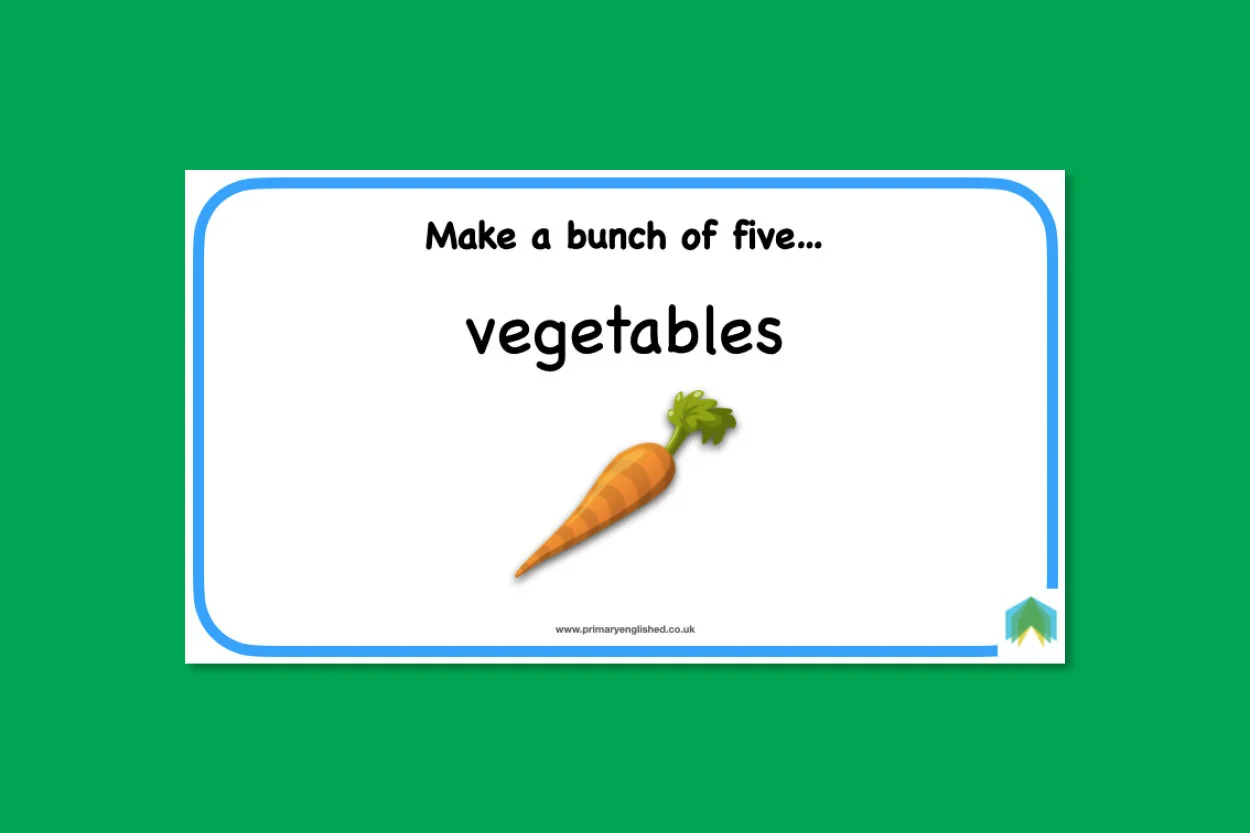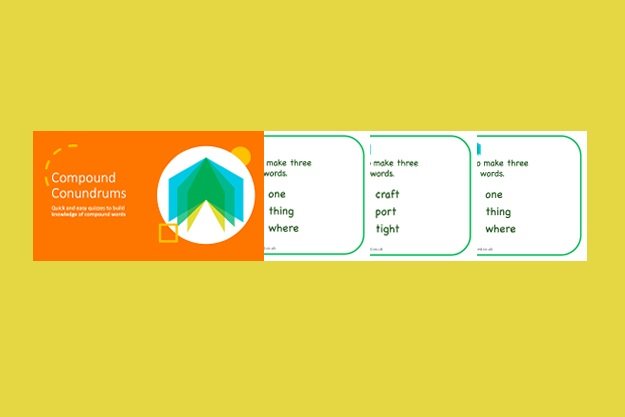Activities to support spoken language
In this article we suggest a range of activities to help you address some of the objectives from the national curriculum Spoken Language requirements. Included are ideas to support speaking, listening, describing and narrating, and vocabulary development, as well links to other Primary English articles that support spoken language.
Participate in discussions, presentations, performances, role play, improvisations and debates.
There are a wide range of approaches and activities that can be undertaken to support this national curriculum objective. Two that we regularly include in our Starting Points sets are Hot Seating and Turn up the Volume.
Hot seating - a role play activity where one person (child or adult) takes a seat and answers questions in role as a character from a text. It’s often useful to plan the questions for hot seating prior to the role play taking place.
Turn up the Volume - an activity where children are asked to activate their senses by using their existing knowledge of the sounds they might expect to hear in a story setting.
Visit our resources page to find out more about our Starting Points sets.
Speak audibly and fluently with an increasing command of Standard English.
Reading lessons that focus on fluency and expression can be particularly helpful for working on this objective. Three approaches that demonstrate a gradual release of scaffolding through teacher demonstrating, teacher and children reading together to children reading without a teacher are outlined below:
Echo reading - in this technique, the teacher reads a sentence or small paragraph expressively and children read it back using identical expression. Passages that the children may struggle to read on their own, or passages with dialogue work particularly well for echo reading.
Choral reading - this is a well-known strategy where the whole class and the teacher read together. It is a useful strategy for scaffolding weaker readers as they hear expressive reading around them and are supported as they work to decode words they might otherwise struggle to read on their own.
Paired reading - there is a clear movement from teacher to support to peer support when we ask children to read in pairs. It could be that they take turns, correcting and supporting each other as they listen. Equally, they could read in unison and so reap similar benefits to choral reading. The pairs could be of similar reading ability or pairs where one reader is more confident than the other. As with all pedagogical approaches, it is for the teacher to decide which approach best meets the needs of the children.
Use relevant strategies to build their vocabulary.
Direct teaching is a vital part of building children’s vocabularies. Having a range of easy-to-use games and activities is also beneficial. The following word games can be downloaded from the Primary English website.
Bunches of five…
A game to encourage children to make semantic links by categorising everyday words and items.
Compound Conundrums
A game to build word knowledge by recognising the missing root word in groups of compound words.
Opposite Pairs
A game to increase children’s knowledge of antonyms by finding matching pairs.
To find out more about building children’s vocabularies, our Vocabulary One Stop Shop article collates all of our articles in one place. Click below to find out more.
Give well-structured descriptions, explanations and narratives for different purposes, including for expressing feelings.
Graphic organisers
These are visual aids that help children to organise their thoughts and are excellent tools to scaffold children’s spoken language. Story maps are the most well-known graphic organisers. We have a range of graphic organisers for reading that can also be used to support children as they plan and deliver their spoken contributions.
We also have the following articles that you may find of interest:
And finally, if you’re looking to improve progression in spoken language in your school, take a look at Progression in Spoken Language Resource. This resource takes each of the spoken language objectives from the national curriculum and breaks them down into progressive steps.





